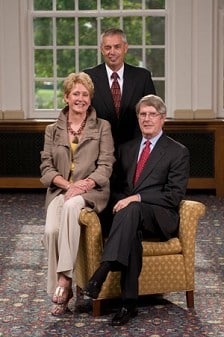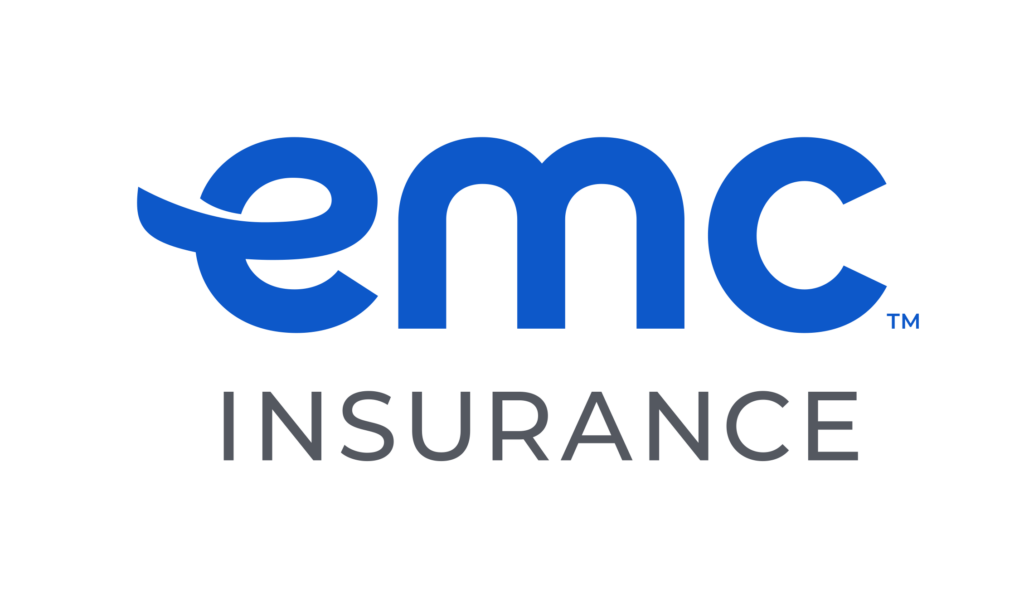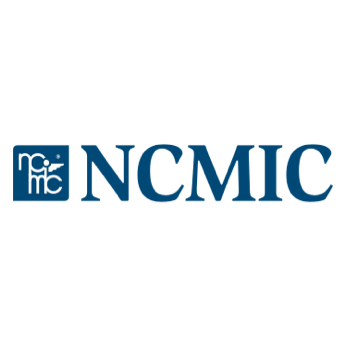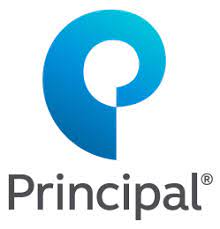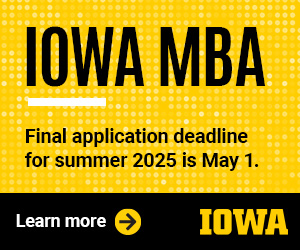Drake kicks off $200 million fund-raising effort

Never mind the struggling economy or a reluctance to donate.
Now is the time, officials say, for Drake University to publicly kick off distinctlyDrake, a fund-raising campaign with the goal of raising $200 million by May 2014.
“(President David Maxwell) has set a very succinct and ambitious vision of which Drake aspires to be and be recognized as one of the best institutions of higher education in the United States,” said John Smith, the university’s vice president for alumni and development.
“It’s that simple.”
Drake planned to publicly announce distinctlyDrake at a news conference on Friday (after the Business Record’s publication deadline), ending the quiet phase in which the university raised $74 million toward the $200 million goal.
The university started the campaign with the quiet phase in October 2007. Shortly thereafter, the Great Recession began. Instead of taking a step back, the logical decision was to push forward, Smith said.
“The direction we took as a development operation, the advice we were getting from our fund-raising consultants, is that now more than ever is the time to be more aggressive with relationships and advocacy,” Smith said.
The results didn’t follow the high spirits right away. The fund-raising efforts were brought to donors in the city, and many liked the idea but said no thanks for now.
Historically, Smith said, universities won’t go public with a campaign until privately raising 50 percent of the funds and having a 10 to 20 percent gift from a major donor.
Drake had achieved neither benchmark, but it didn’t matter. Smith felt it was time to take the risk, and approached the board of trustees in April, asking them to take a tactical risk in going public with the campaign.
His message: This is Drake’s moment.
Why now?
The university is on solid financial footing, having a balanced budget for the six years leading up to the start of the campaign. Drake’s enrollment was, and is, growing. And leadership is strong, with Maxwell in his 12th year as university president. It all added up to a window of opportunity.
Peggy Fisher, chief strategic and operating officer for The Stelter Co., is one of three campaign co-chairs, joining Larry Zimpleman, president and CEO of Principal Financial Group Inc., and Jim Hubbell III, chairman of Hubbell Realty Co. Fisher was approached about being a part of the campaign, and couldn’t say no, due to her passion for Drake.
That same passion is what she believes will carry the campaign, now that it is public, despite economic questions.
“We’re very confident that most of the people out there that went to Drake feel the same way I do and have the passion for Drake,” Fisher said. “It’s been phenomenal, especially in the past month, how people are stepping up to the plate now that we’re going public. They really want to be a part of this.”
Both Fisher and Smith noted the good relationship Drake has with the Greater Des Moines community, saying it hasn’t always been that way.
Both attributed a resurgence in that relationship to Maxwell’s vision.
“He’s gotten involved in the community and has proven how we can help each other,” Fisher said. “Obviously the community benefits from things like the Drake Relays and what that brings the community, but also all the students that graduate and that make the choice to stay in Des Moines benefit the businesses.”
Smith is hopeful that relationship will lead to a sense of urgency among Drake graduates and friends of the university in Central Iowa, even in a sluggish economy.
The money itself will go to five different priorities: $50 million in scholarship funding, $26 million to $50 million in endowed faculty and staff positions, $50 million to $85 million in construction and renovation projects, $15 million to $18 million for the development of interdisciplinary centers and $3.5 million to $4 million for annual operational support.
It all adds up to a goal of making Drake one of the best universities in the nation, though it will take far more than this one campaign to get there, Smith said. It’s only a start.
It’s not about mimicking schools in “Chicago or St. Louis or out East or on the West Coast,” Smith said, but “it’s taking the elements of what makes Drake Drake, and simply creating a greater Drake University.”
Income from tuition and sound investments can only sustain a university, he said, adding that the “infusion of philanthropy” is what really transforms a university.
Now that the campaign is public, the next step for fund raising is simple.
“Keep asking,” Smith said.

